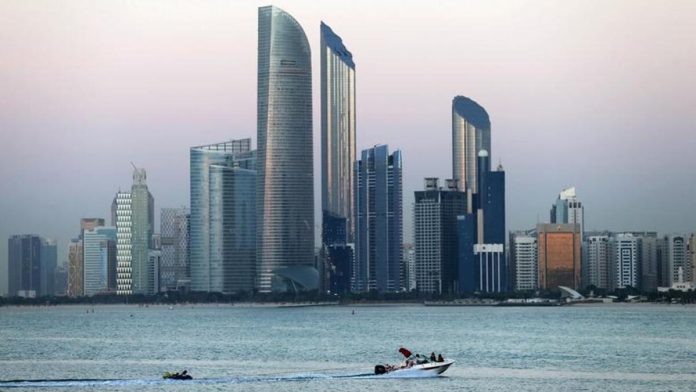[ad_1]
Eltezam is part of EAD’s ongoing efforts to fulfill its supervisory responsibilities by upholding capital environment standards

The Environment Authority of Abu Dhabi (EAD) has launched Eltezam, a digital system for environmental inspection and compliance assessment, which enables EAD inspectors to flexibly assess facilities and projects against actual site activities and operations.
The new system allows inspectors to comprehensively scrutinize any aspect of an organization’s activities involving any potential environmental hazards, not just the activities listed on its environmental permit.
Eltezam is part of EAD’s ongoing efforts to fulfill its regulatory responsibilities by upholding Abu Dhabi’s environmental standards. By establishing a regulatory framework in the emirate, EAD can reduce environmental hazards and update environmental conditions and standards in line with the pace of development witnessed by the industrial sector, construction and infrastructure sector, and economic growth in the emirate.
Faisal Al Hammadi, Acting Executive Director, Environmental Quality Division, EAD, said: “The agency has developed modern technical tools and programs to ensure that industrial facilities and developments comply with environmental laws and requirements. We assess and permit developments, infrastructure, industrial Facilities and commercial enterprises to reduce construction-related environmental impacts. This is to ensure compliance with local laws and regulations consistent with best global environmental practices and the environmental, economic and social progress of the Emirate of Abu Dhabi.
“EAD’s environmental inspection team conducts regular site visits to ensure that industrial facilities, development projects, infrastructure works and all related activities and operations consider applicable environmental laws and regulations, comply with the conditions of environmental permits, and apply global best practice and environmental protected.”
Ahmed Al Waheebi, Head of Compliance and Enforcement at EAD, said: “We are well aware of the nature of rapid economic growth, so we employ the latest electronic and information systems to help keep pace with this accelerating pace and achieve sustainable growth. We do so while taking care to reduce the environmental impact at every stage of development, from planning to implementation. The next step is to focus more on systems that rely more on active assessment and self-monitoring of projects and facilities, not just to facilitate, but to achieve better environmental outcomes”.
Al Waheebi said that by launching this new digital system, EAD seeks to establish a robust and effective inspection system that covers all industrial sectors, infrastructure projects and commercial activities under its jurisdiction, noting that the inspection system is built on connecting industrial sectors Algorithms and production processes and conditions. Eltezam will also complement activities on environmental violations and administrative fines and their legal basis.
The agency held a series of training workshops for its inspectors to familiarize them with the features of the new system. The purpose of site inspections is to assess the extent to which facilities and developments comply with environmental conditions. Inspectors investigate environmental incident reports and complaints, identify operational violations that may cause environmental problems, and ensure that licensed facilities and programs are aware of these violations and ways to correct them. They also collect relevant field data for specific sectors, activities, areas, and facilities, enforce environmental compliance, apply administrative fines, and initiate enforcement actions.
The environmental inspection and compliance system includes 93 departments licensed by EAD and assesses the environmental impact of 38 operating processes by monitoring 277 potential environmental violations, aiming to prevent environmental damage caused by pollutants from every activity within the agency’s jurisdiction. influences.
Also read:
[ad_2]
Source link



